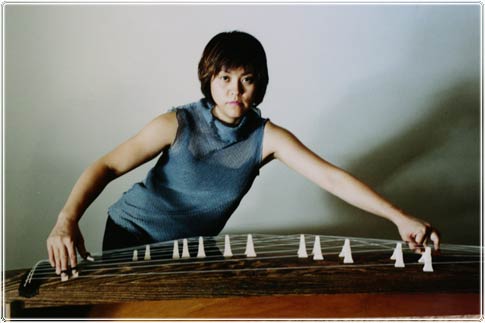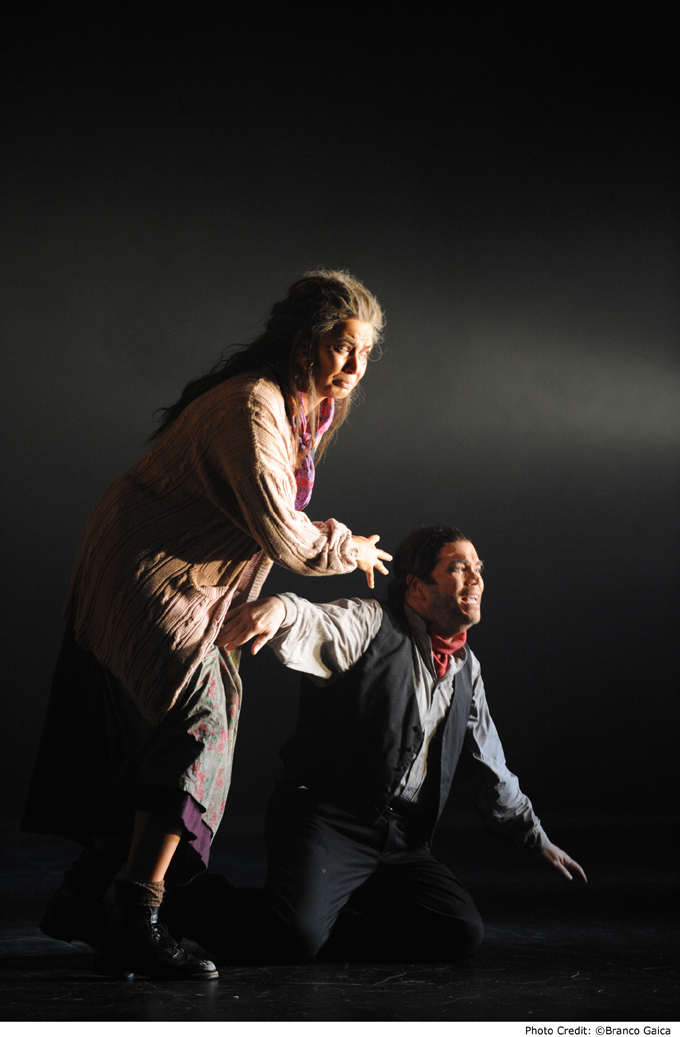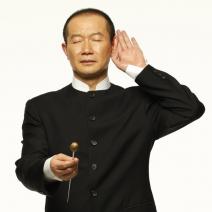Satsuki Odamura on the koto
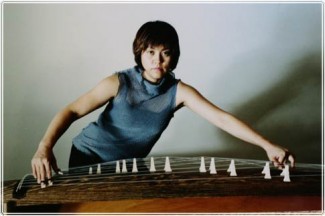
Don’t look now but there could just be a vibrant new genre of music unfolding. One that makes a statement about Australia’s standing in the world – both musically and geographically. At one level it is another concert in Sydney’s smorgasbord of events. But step back and look at the bigger picture – it is music that embodies antipodean and oriental aesthetics and innovation and it is written and performed by Australians of European and Eastern descent – a truly Australasian art form that is emblematic of Australian culture.
Over 14 years, drumming ensemble TaikOz has developed this role, creating and performing works grounded in Japanese music. Their upcoming presentation Crimson Sky showcases koto virtuoso Satsuki Odamura performing the bass koto in a new work composed by TaikOz director Ian Cleworth Toward the Crimson Sky.
SoundsLikeSydney spoke with Satsuki Odamura about her craft.
Satsuki Odamura started learning the koto in Japan as a ten year old. Here in Sydney, where she has lived for a couple of decades, and in Melbourne, where she teaches at Monash University, she has been at the forefront of koto instruction and performance. In Sydney she leads the Sawai Koto Ensemble and has composers like Carl Vine, Peter Sculthorpe and Ross Edwards write works for her.
The koto is a stringed instruments with 13 nylon or silk strings that are plucked with ivory plectra worn on the thumb, index and middle fingers of the right hand. The strings are stretched over a soundboard that is 6 feet long. Each string is tuned by adjusting its bridge. The strings are also scraped or shaken, slid over or struck, to create different effects. The role of the left hand is to press the strings on the left of the bridge to adjust the pitch. The koto was taken to Japan during the 1st century AD by Chinese musicians invited to play at the Japanese royal court.
Both a solo and an ensemble instrument the koto combines with voice, shakuhachi, and shamisen. In Toward the Crimson Sky, Satsuki Odamura will play the bass koto, which has a formidable 17 strings. In koto writing, each piece of music has its own tuning which is indicated by the composer. Traditionally, koto music is based on the pentatonic scale, but Cleworth’s work, she says, is more eclectic. Satsuko Odamura and Ian Cleworth’s artistic partnership is based in a long term friendship and a shared passion for Japaneses music. “The challenge for koto music today”, she says is that “Western instruments and Western music are taking over. The solution to keeping traditional music alive is to evolve and give new expression to the traditional arts. Australia is geographically part of Asia and this is ref;ected in the music we play”.
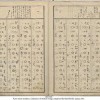
Koto notation has a fascinating history. The koto was originally played by blind musicians and scores were superfluous. Subsequently, the strings were numbered and the music written in table form and read from right to left and top to bottom. Today, koto music is often written in Western style and koto players are conversant in both forms of writing.
Traditionally, the koto is played seated, but Satsuki Odamura plays it standing. It is unusual too to combine the delicacy of its sound with the throbbing of the TaikOz drums. She is reassuring that the koto will have its own moments with some amplification for when the larger ensemble joins in.
TaikOz presents Toward the Crimson Sky on March 30th at the City Recital Hall
More details at http://soundslikesydney.com.au/shows/red-dragonflies-like-a-ripple-taikoz-presents/6581.html
Satsuki Odamura was interviewed by Shamistha de Soysa

